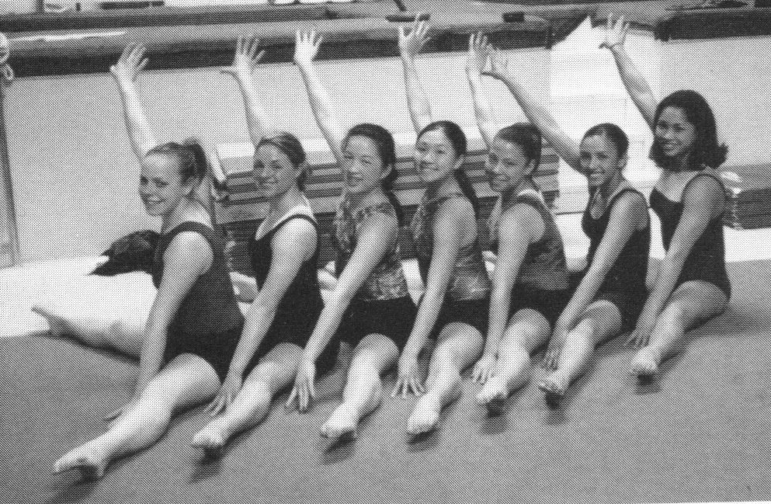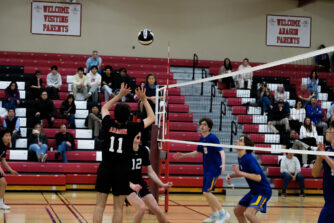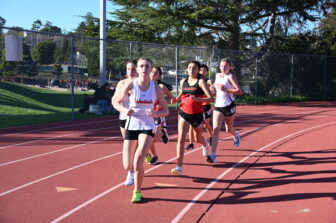

Unknown to many Aragon students and teachers, the Dons athletic program once included an all-girls gymnastics team that consisted of about eight to 12 people.
The original co-ed gymnastics team officially became an all-girls sport in the Central Coast Section in 1976 and all CCS statistics ended in 2007.
The team was inviting and they accepted most of the people trying out, said athletic director Steve Sell.
“You had to have some sort of skill, but I think the coaches would work with somebody who was just learning. As long as they weren’t putting themselves at risk,” Sell said.
Originally, the gymnastics team practiced in the main gym.
“During the spring, that gym, you couldn’t do anything in there except gymnastics. All the gymnastics equipment was set up there, [even] the P.E. kids would use it,” Sell said.
The gymnastics team originally had a skilled gymnast as a coach.
“George Wilcox was such a great gymnastics coach, and he could really teach it. It was a great P.E. unit, I mean everyone who took P.E. got to do it and we had the equipment,” Sell said.
Unfortunately, as time passed, several factors led to the end of the gymnastics team at Aragon.
“As we had fewer kids [interested], it didn’t make sense to shut down that gym for nothing but gymnastics,” Sell said.
Another major factor was funding. In June 1978, Proposition 13 was passed, which affected the funding for such an elaborate sport.
According to Joanne Faryon of K Public Broadcasting System news, “before Prop 13, statewide the schools had a $9 billion budget. After Prop 13, they lost $3 billion-a third of that overnight.”
After the passage of Proposition 13, Aragon could not afford to maintain a gymnastics program and prioritized other sports that were more popular.
“Proposition 13 hurt funding of public schools,” Sell said.
In the late ‘90s, Aragon lost their head gymnastics coach.
“We lost the coach and the expertise on campus,” Sell said. “It became [less] popular with kids and it’s one of those sports where if you don’t have a highly qualified coach, it can be really risky”
Although the team no longer had a coach, they continued to practice and compete off campus.
“I think in the late ‘90s or so until about 2005, our team practiced and was coached by the people at San Mateo Gymnastics,” said Sell. “So the kids would take a bus or somehow they would get down to San Mateo Gymnastics on Almark in Belmont”.
This worked for a few years, but the gymnastics program came to a complete stop due to a change in school scheduling.
“It used to be, from the beginning of school until 2005, if you played a sport, you were put into sixth period P.E. and you would start practice then,” Sell said.
Athletes at the time had P.E. for their sixth period class but it was replaced by their sport during its season. However, gymnastics was the only sport affected by the removal of sixth period P.E.
“When they got rid of sixth period athletics, there was a big fear that it would cut down the number of kids playing sports but it did not [affect any of the sports] except for the sport of gymnastics,” Sell said.
Throughout the history of gymnastics at Aragon, class of 1987 gymnast Jennifer Bloom stood out the most as she dominated the CCS records, continuing her gymnastics career at Stanford University.
According to the San Mateo County Historical Association Online Collections Database, Bloom was the all-around titlist in both the CCS championship competition and the Stanford Hobee’s Invitational in 1991.
Aside from Bloom, many other Aragon athletes such as Kelley Hasegawa have had successful gymnastics seasons.
The Aragon gymnastics program ended in 2005 but the sport remains popular among Aragon students.



